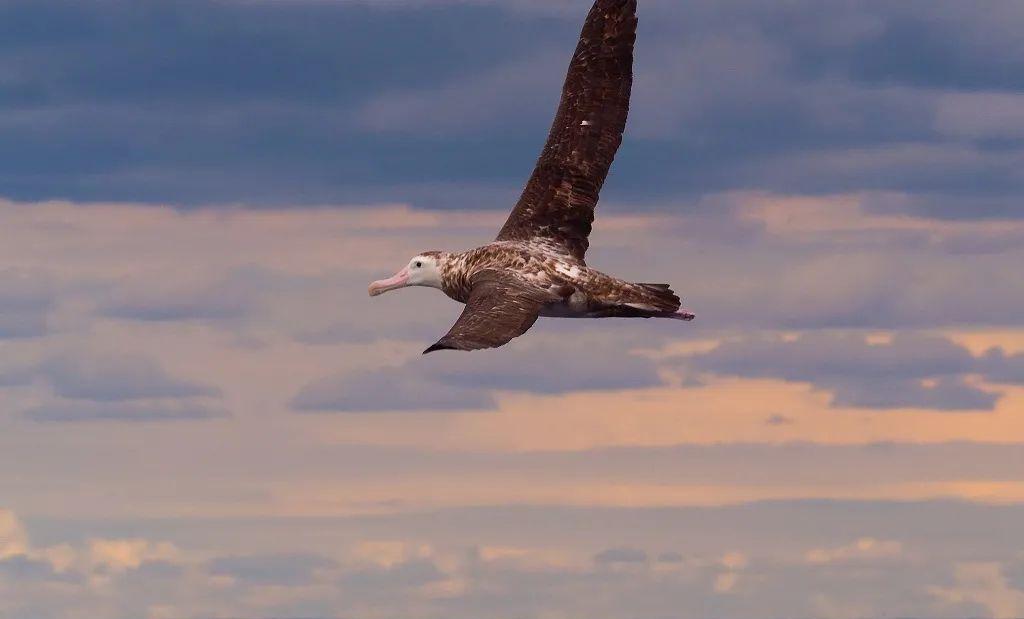Drifting Albatross: The distance it has flown in a lifetime, and it can actually travel to and from the moon 11 times
As we all know, birds can soar freely above the sky, then how long can birds fly in their lifetime, and the limit of this distance should be on the body of the drifting albatross, according to relevant statistics, the total distance that the wandering albatross has flown through in his life has reached the horror data of being able to travel to and from the moon 11 times.

The length of the albatross is about 70 cm to 150 cm, but when the albatross spreads its wings, the width can reach 3 to 4 meters, and the reason why the drifting albatross carries the word drift is mainly because the wandering albatross basically spent his life drifting on the ocean, the average distance of this creature flying every day reaches more than 250 km, and at this speed, the time required for the drifting albatross to orbit the earth is only two months.
And the wandering albatross itself is one of the few long-lived creatures in nature, their life can last up to 60 years, and a wandering albatross can fly a total distance of 8.5 million kilometers in a lifetime, and can travel to and from the moon 11 times.
The reason why the drifting albatross can fly such a long distance is naturally due to their talent, because they have very wide wings, which directly leads to the drifting albatross has an extremely strong gliding ability, they often can use the wind direction to glide, every 10 meters of altitude drop, you can glide 220 meters, and in this process, the drifting albatross can last for several days without flapping its wings, even in the case of heavy wind and rain, it can glide peacefully.
The reason why drifting albatrosses can live long is mainly due to their digestive system, when they fly, the role of metabolism is often very low, you know, metabolism is an instinctive role of organisms, but also organisms for the surrounding environment to react, strictly speaking, if the metabolism is too fast, the life expectancy will become shorter.
After the drifting albatross flies, with the longer the time, the drifting albatross can slowly adjust his heart rate, and eventually can adjust to the same heart rate as when he rests, so that the role of metabolism is the lowest among all birds, and because the drifting albatross has super high flying skills, there is basically no lack of food, especially the drifting albatross still lives near the west wind belt, and the food is also very rich.
And the most interesting is the marriage of the wandering albatross, strictly speaking, the wandering albatross implements a monogamous system, they will look for their spouses at the age of 4, and attract the attention of the opposite sex by dancing, but this attraction process is as long as 3 to 8 years, it can be said that the requirements of the wandering albatross for their spouses are still very high.
And both sides will also raise offspring together, often a breeding will only give birth to a bird egg, two wandering albatrosses will often take care of the chicks until the full moon, the chicks have the ability to survive on their own, the two wandering albatrosses will be separated and start the drifting journey, but every two years, they will return to their own homes, breed again, and repeat the cycle, which can also be regarded as a very interesting monogamous system in nature!